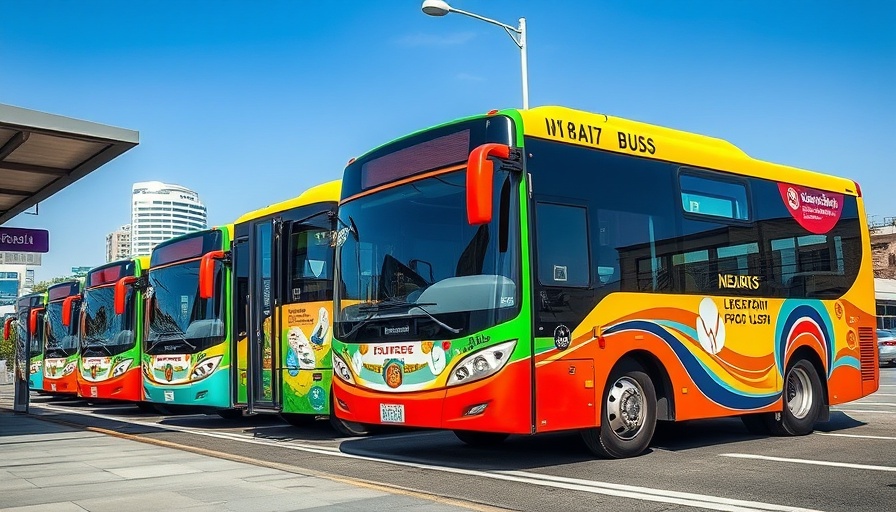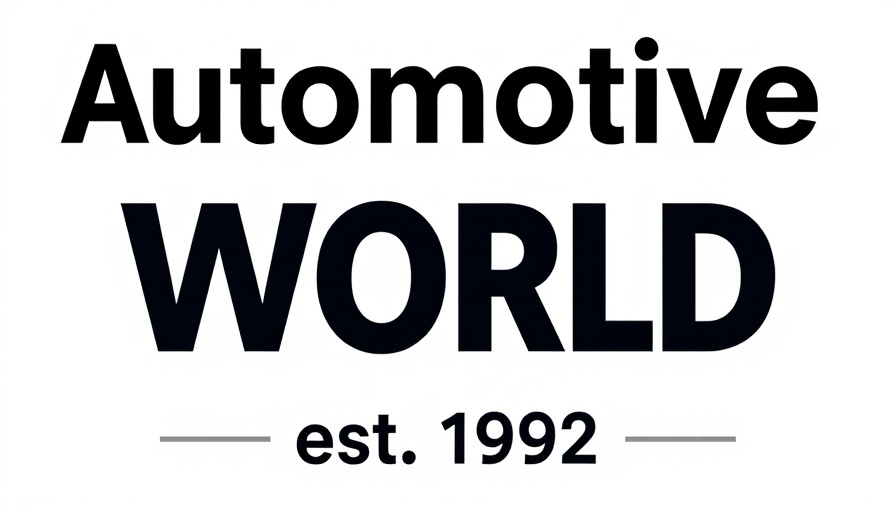
Could Wireless Charging Revolutionize Electric Fleets for Dealerships?
The shift toward electric vehicles (EVs) is gaining momentum, yet the efficiency of vehicle charging has become a pivotal factor in determining the success of this transition. For commercial fleets, where uptime can drastically influence profit margins, the need for rapid and convenient charging solutions has never been more critical. In this context, wireless charging technology presents itself as a game-changing innovation that could streamline operations and save costs.
The Mechanics Behind Wireless Charging
Wireless charging utilizes electromagnetic induction, enabling vehicles to recharge their batteries without the hassle of plugging in. Imagine a system where an EV simply has to park over a designated pad: the technology automatically begins charging the vehicle within seconds. According to James Wroe, Managing Director of InductEV, this method not only reduces downtime but also simplifies the logistics of keeping EV fleets energized while minimizing the need for extensive charging infrastructure.
Impact on Fleet Operations: A Quantifiable Advantage
Commercial fleets, including buses and delivery vans, are undergoing transformational changes with advancements in charging technologies. InductEV's wireless charging solution, which operates at power levels ranging from 75kW to 450kW, dramatically influences operating costs. Fleets can move beyond overnight recharging sessions to charging during regular stops, maximizing productivity and ensuring that vehicles are ready to hit the road faster.
Real-World Applications: Success Stories from the Field
Wireless charging has already made significant strides in municipal transit. Cities like Indianapolis and Martha’s Vineyard have successfully integrated this technology into their public transport systems. InductEV's collaboration with Seattle’s Sound Transit underscores the ongoing expansion, as half of Washington’s battery-electric buses are set to use wireless continuity by 2026. These applications highlight not only the viability but also the practicality of wireless charging—a compelling argument for dealerships looking to promote the latest electric models.
Future Insights: Shaping the EV Landscape
With environmental concerns on the rise and regulations tightening around emissions, the integration of wireless charging in electric fleets is more than just a technological upgrade; it's an essential step forward. The transport sector alone contributes over 6% of global CO2 emissions, and innovations in charging technology are critical to mitigating these impacts. As more cities adopt these solutions, dealerships that stay ahead of the curve stand to benefit from a new wave of eco-conscious buyers.
Challenges and Considerations
Despite its potential, the rollout of wireless charging technology does face challenges. From initial setup costs to the need for widespread infrastructure, dealerships must comprehensively evaluate the cost-benefit ratio. Furthermore, educating both fleet operators and consumers about the technology's long-term advantages will be essential in facilitating adoption.
Embracing the Change: What This Means for Dealerships
As the automotive landscape evolves, dealerships must embrace these innovations to stay relevant. By understanding the benefits of wireless charging, dealerships can position themselves as leaders in the market for electric vehicles. Encouraging customers to adopt eco-friendly solutions not only aligns with consumer values but also enhances the dealership's reputation as a pioneer in sustainability.
In conclusion, wireless charging technology represents a significant leap toward optimizing electric fleets, paving the way for a more efficient and sustainable future in transportation.
 Add Row
Add Row  Add
Add 




Write A Comment